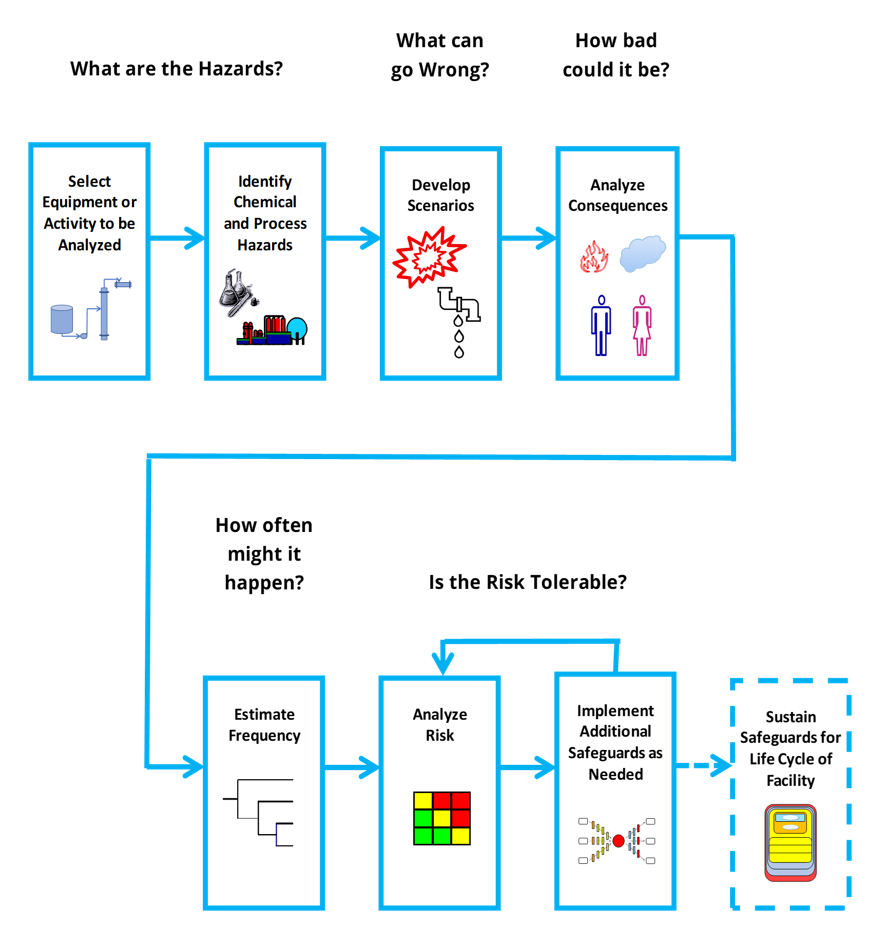
The Risk Analysis Screening Tool (RAST) software and the Chemical Hazard Engineering Fundamentals (CHEF) documentation are made available through the collaborative efforts of the Center for Chemical Process Safety (CCPS) and the European Process Safety Centre (EPSC) using the foundational tools generously donated for global use by The Dow Chemical Company.
The RAST software and its associated CHEF documentation were developed through the collaborative efforts of volunteers from member companies of the Center for Chemical Process Safety (CCPS) and the European Process Safety Centre (EPSC). Special appreciation is extended to The Dow Chemical Company for donating RAST/CHEF for global use and for providing the resources to help modify the software and documentation such that companies can tailor the RAST software to meet their company-specific risk tolerance levels. It is sincerely hoped that companies using RAST and CHEF during their hazards evaluations and risks assessments will be able to improve their process safety performance.
RAST is a screening tool intended to provide users with guidance to assess and help prioritize their company-specific process safety risks by:
- Effectively performing a Hazards Identification and Risk Assessment (HIRA)
- Effectively developing incident scenarios based on specific process hazards and operating conditions
- Providing qualitative Process Hazards Analysis (PHA) Teams with scenarios that can be used in a Hazards and Operability Study (HAZOP), and
- Fill the void between the qualitative PHA and a Quantitative Risk Assessment (QRA) with the capability to perform a semi-quantitative Layer of Protection Analysis (LOPA)
RAST assists with hazard identification, scenario development, consequence evaluation, and risk analysis. The approach used by RAST, consistent with best industry practices when evaluating for process safety risks, is depicted in Figure 1.
In addition to RAST, a companion information package, the Chemical Hazard Engineering Fundamentals (CHEF) documentation, describes in detail the theoretical basis of the methods, techniques, and assumptions which are used in RAST for the different hazard evaluation and risk analysis steps shown in Figure 1. The RAST/CHEF hazards and evaluation and risk analysis approach has been written using recognized and generally accepted good engineering practices.

